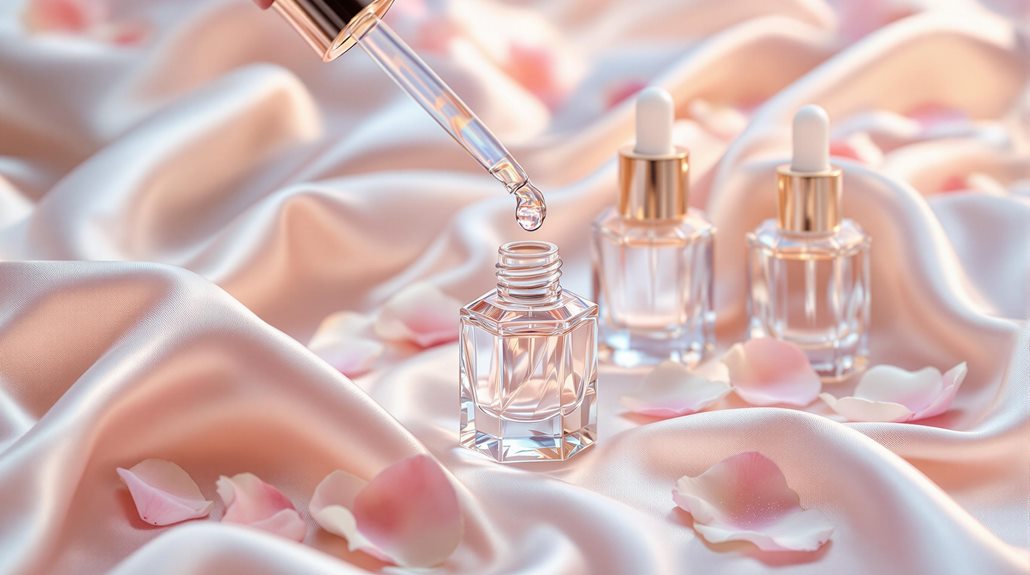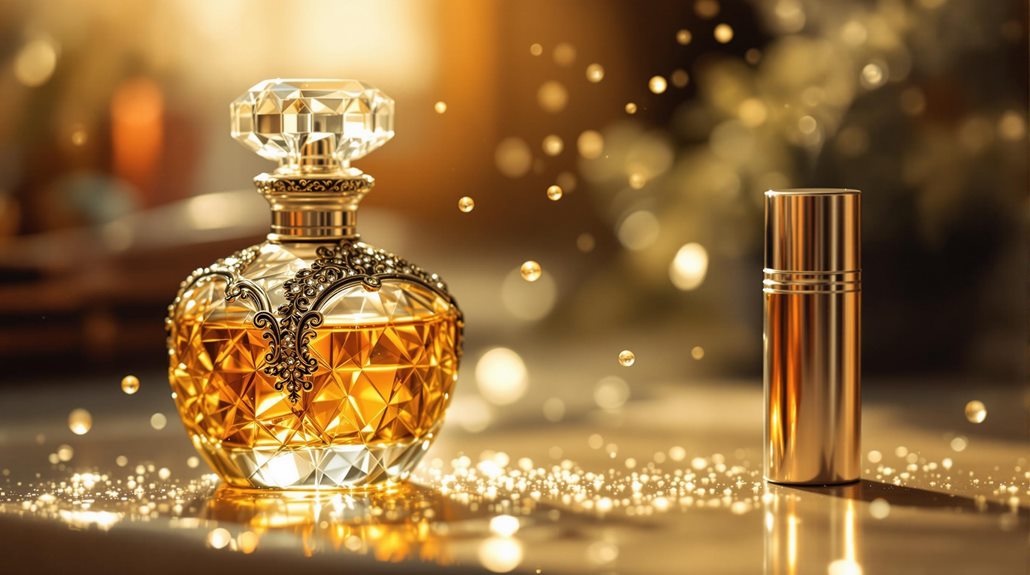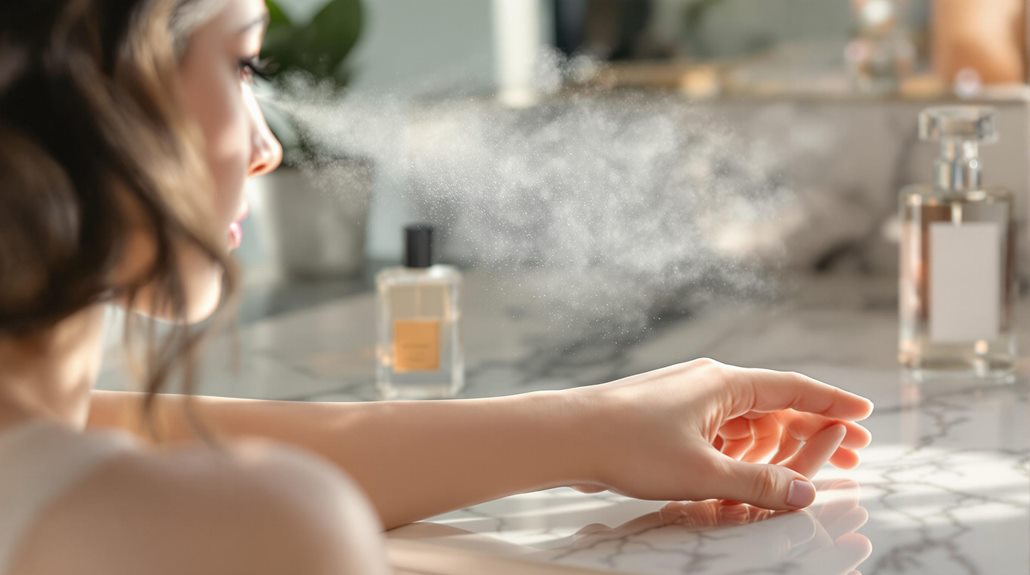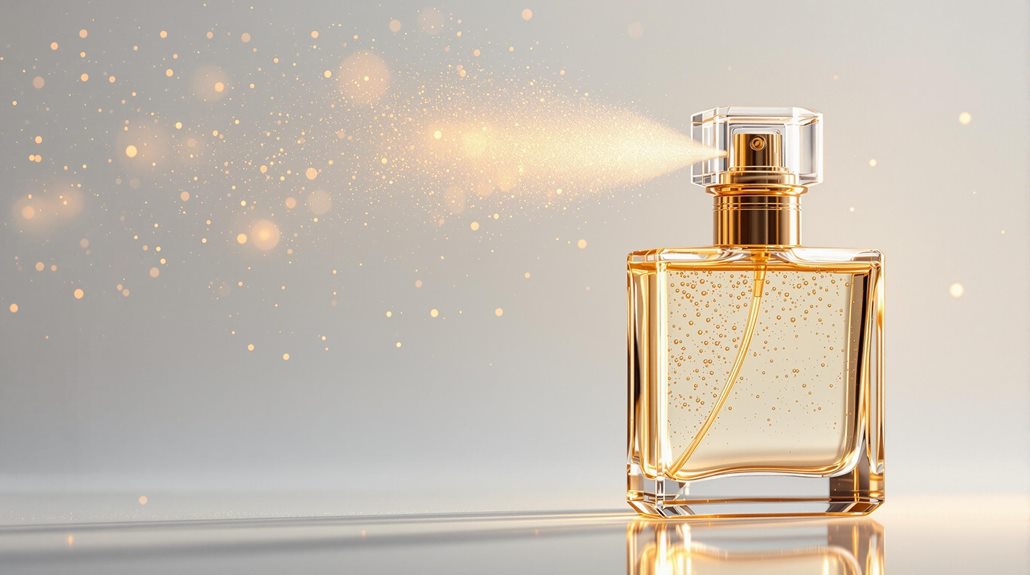How to Make Perfume From Flowers: a Step-By-Step Guide
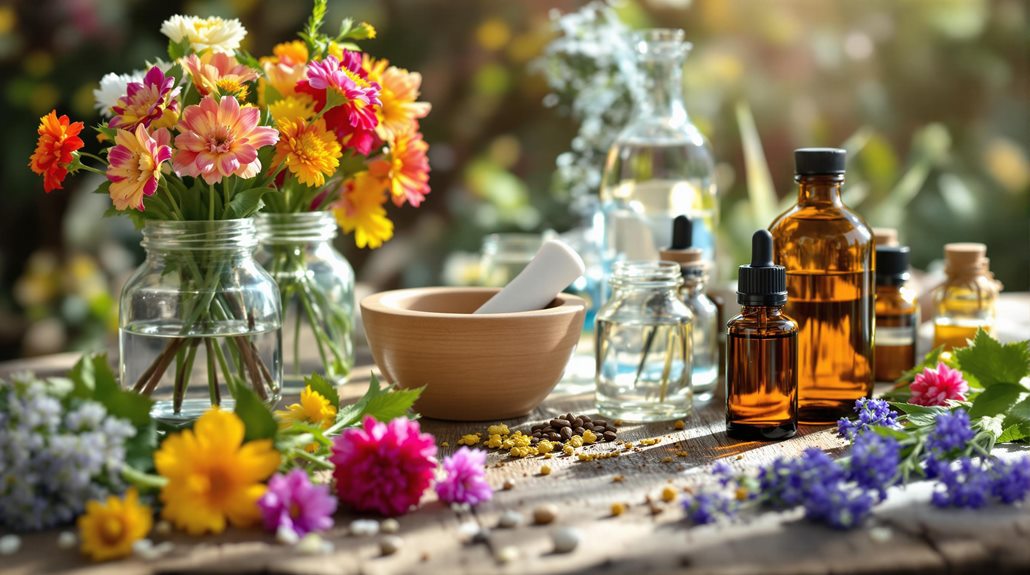
Making natural flower perfume starts with gathering your essential supplies: fragrant flower petals, carrier oils like jojoba or sweet almond oil, and clean glass containers. You'll want to pick your flowers on a dry day between late morning and early afternoon when their oils are most concentrated. Place the fresh petals in a jar, cover them completely with your chosen carrier oil, and let them infuse for at least 48 hours in a cool, dark spot. After straining the mixture, you can transfer your perfume to dark glass bottles with spray or roll-on applicators. The world of natural perfumery holds many more secrets to crafting your signature scent.
Essential Tools and Materials
Creating your own floral perfume starts with gathering the right tools and materials. You'll need fresh, aromatic flower petals as your primary ingredient, along with a neutral carrier oil like sweet almond oil or jojoba oil. These oils help extract and preserve the delicate floral scents. You'll also need distilled water and either vodka or witch hazel as a preservative.
For the extraction process, gather a glass jar with an airtight lid, a crockpot or saucepan for heating, and a strainer or coffee press to separate the spent flowers from the infused oil. Don't forget essential tools like wooden spoons, ladles, and pot holders for safe handling. If you're planning to make solid perfume, you'll need grated beeswax to mix with your infused oil at a 4:1 ratio.
Additional equipment includes cheesecloth for straining, a small saucepan for melting beeswax, and dark glass bottles with airtight stoppers for storing your finished perfume. You can also consider using a homemade essential oil still or trying the sun-infusion method, which requires a clear glass jar and direct sunlight for the extraction process.
Selecting Your Flowers
The heart of your homemade perfume lies in choosing the right flowers. You'll want to select fragrant flower varieties that pack a powerful scent punch, such as roses, jasmine, lavender, and lilies. The stronger the natural fragrance, the better your perfume will turn out.
When gathering your flowers, timing is pivotal. Pick them on a dry day between late morning and early afternoon, when their essential oils are most concentrated. Make sure the petals are free from pesticides and chemicals that could affect your perfume's purity. You'll get the best results from rose petals and other flowers that naturally produce strong oils.
Don't limit yourself to just one type of flower. Creating a blend of different fragrant flowers will give your perfume more depth and character. Consider what's blooming in each season and plan your perfume-making accordingly. Skip flowers with subtle scents, as they won't contribute much to your final product. Instead, focus on bold, aromatic blooms that will maintain their scent throughout the perfume-making process. Remember, the quality of your flowers directly impacts the quality of your perfume.
Creating The Base Mixture
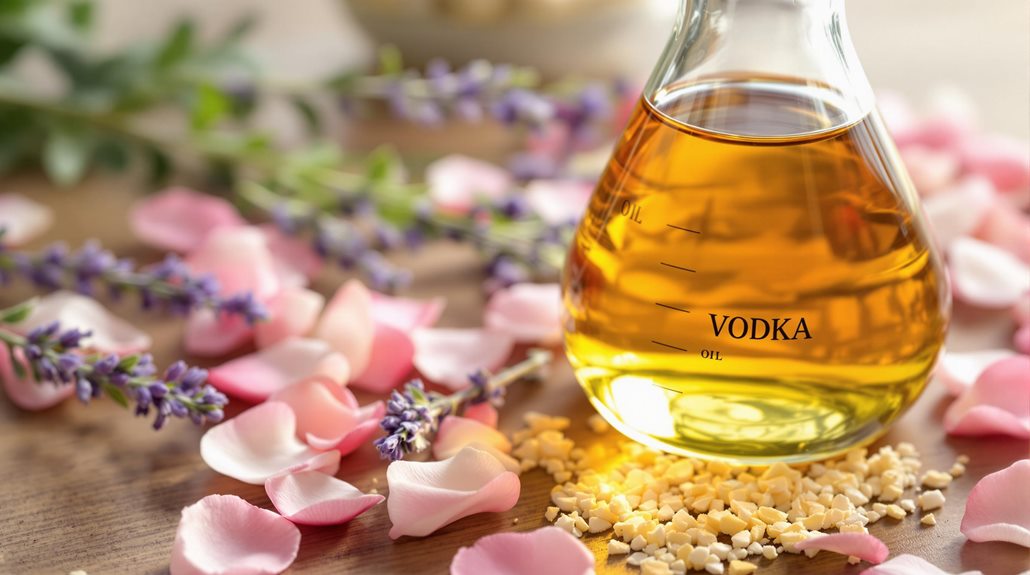
Your perfume's foundation begins with a simple yet key process of infusing flower petals in oil. After you've selected and cleaned your flowers, carefully remove the petals and prepare them for the infusion process. The quality of your base mixture will determine the overall success of your perfume-making endeavor.
To create your base, you'll need a clean glass jar and a carrier oil - either jojoba or sweet almond oil works perfectly for this purpose. Place your prepared flower petals in the jar and pour enough oil to completely cover them. Make sure the petals are fully submerged, as this guarantees maximum fragrance extraction during the infusion period.
The next crucial step in making perfume requires patience. Store your jar in a cool, dark place for at least 48 hours, allowing the essential oils from the flowers to naturally infuse into the carrier oil. Once the waiting period is complete, strain the mixture through a cheesecloth or fine mesh strainer to remove all plant material. What remains is your fragrant base oil, ready to be transformed into your custom perfume through additional steps in the process.
Infusion and Extraction Process
Building upon your base mixture, the infusion and extraction process brings out the flowers' full aromatic potential. To create your homemade perfume, place your freshly picked flowers into a clean glass jar and completely cover them with your chosen carrier oil. This critical step begins the process of drawing out the natural fragrances that will form your perfume from flowers.
Store your mixture in a cool, dark place for at least 48 hours, allowing the flowers' essence to thoroughly infuse into the oil. Once the initial infusion period is complete, strain the mixture carefully to separate the oil from the flower petals. If you're aiming for a stronger scent in your make perfumes project, you can repeat this process multiple times using fresh flowers with the same oil.
After you've achieved your desired fragrance intensity, you'll have your perfume base ready for use. For a different texture, you can convert your liquid perfume into a solid balm by mixing the infused oil with grated beeswax. This versatile approach allows you to create either traditional liquid perfumes or solid alternatives based on your preference.
Bottling and Storage Methods
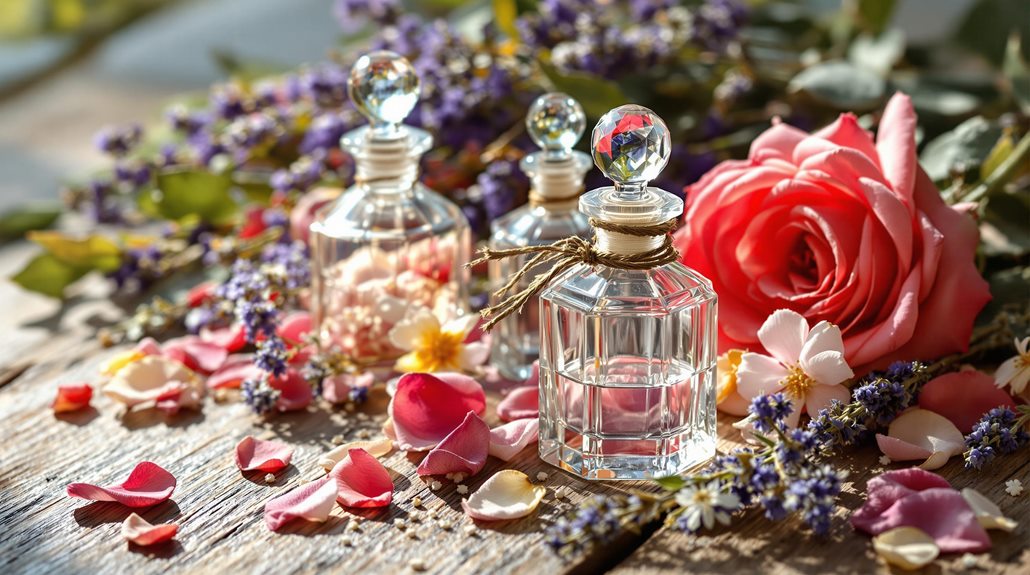
Proper storage methods guarantee your homemade perfume maintains its delicate fragrance and stays fresh longer. When you Make Perfume from flowers, choosing the right container is pivotal for preserving its quality. Select dark-colored glass bottles that are airtight to protect your perfume made from natural ingredients against UV light damage and oxidation.
To enhance your perfume's usability, add either a sprayer or roll-on applicator to your bottles. These accessories will help you control the amount of perfume you apply each time. Before storing any perfume made from flowers, make sure you've thoroughly cleaned and sterilized your bottles to prevent contamination that could affect your fragrance's purity.
Find a cool, dark storage location for your bottled perfume, such as a drawer or cabinet away from direct sunlight. Remember to enable JavaScript notifications on your phone to track your perfume's shelf life. Regularly inspect your stored perfume for any changes in color, consistency, or scent that might indicate deterioration. If you notice any significant changes, it's time to Make a fresh batch to ensure you're always using the highest quality fragrance.
Conclusion
Now you've learned the basic steps to create your own signature floral perfume. You'll find that making perfume at home isn't just rewarding - it's also a great way to capture nature's scents exactly as you want them. Remember to store your creation properly in dark glass bottles and keep them away from direct sunlight. With practice, you'll develop your own unique fragrance combinations that reflect your personal style.

